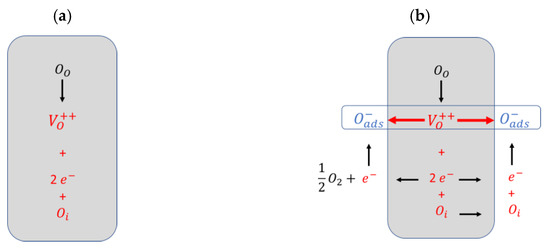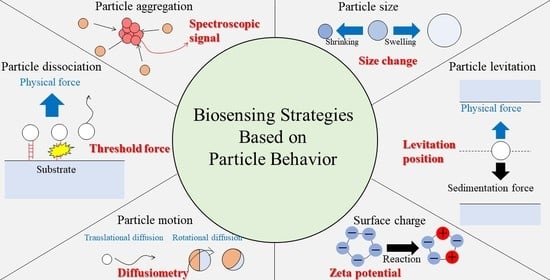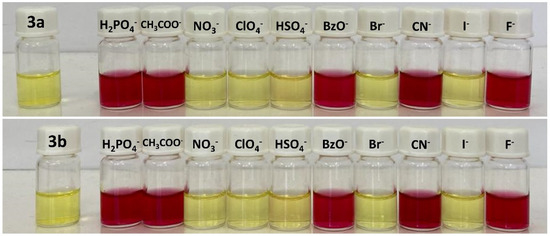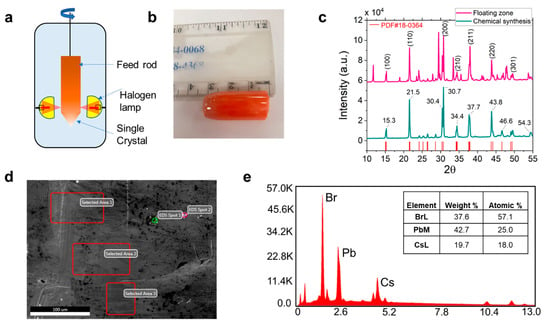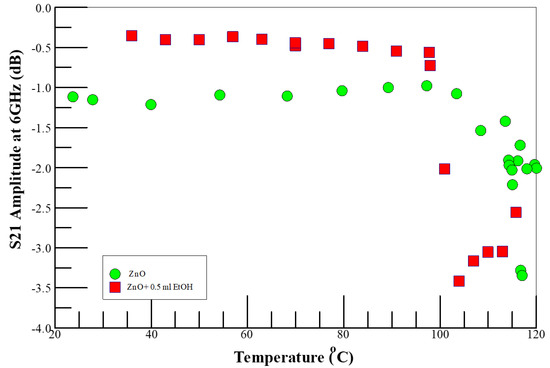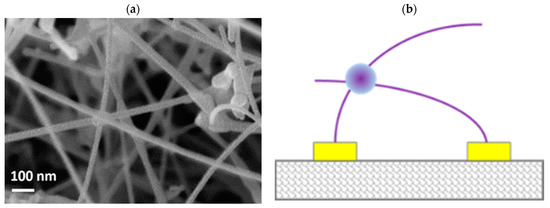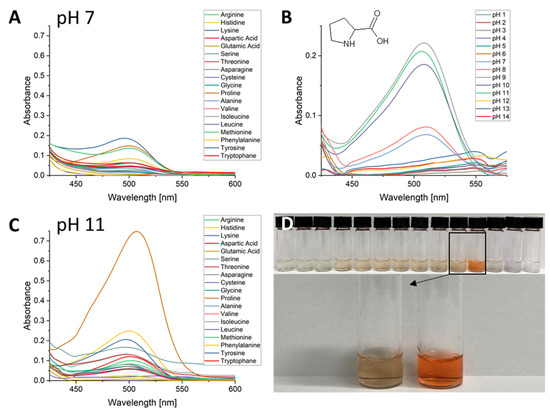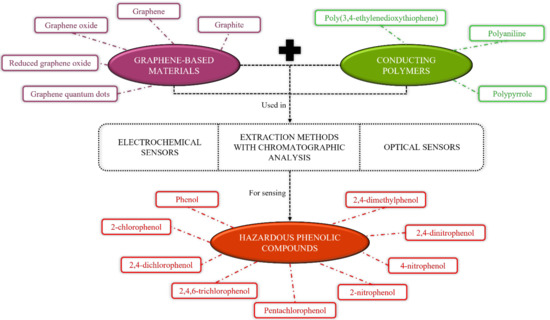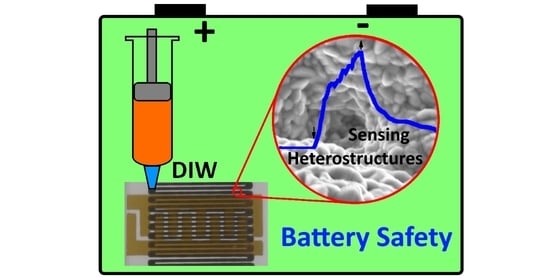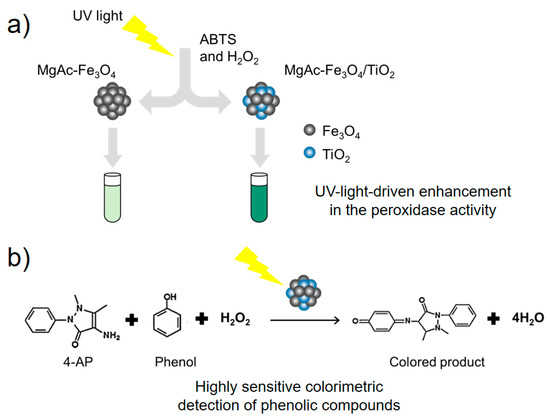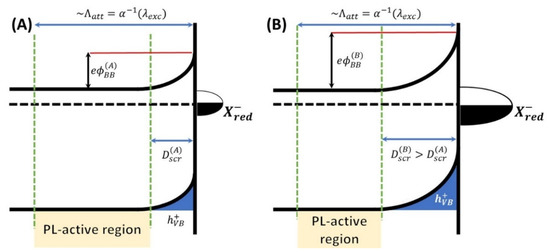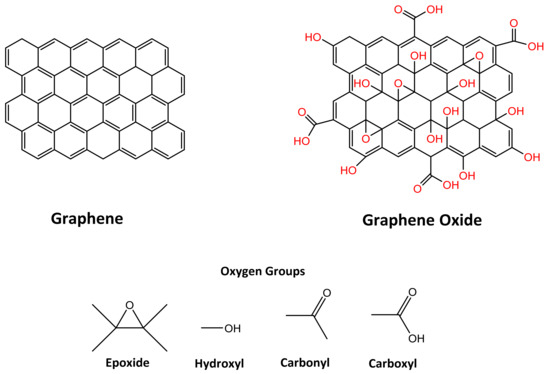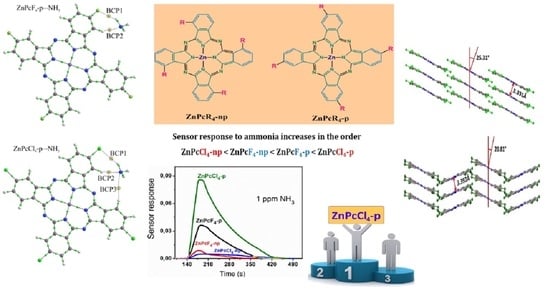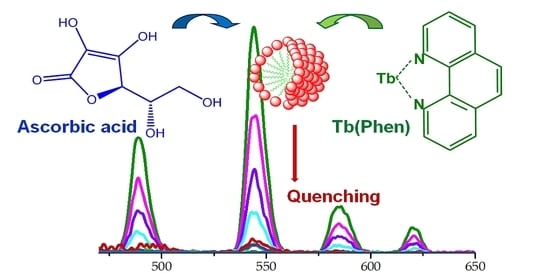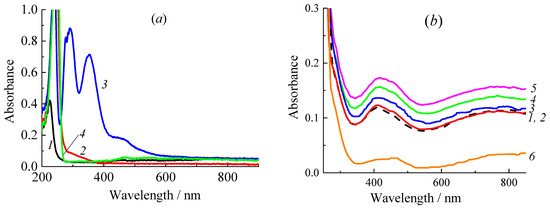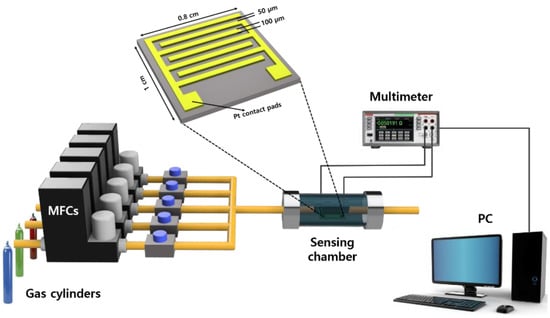Sensing Materials: Advances in Synthesis, Functionalities, and Applications
A topical collection in Chemosensors (ISSN 2227-9040). This collection belongs to the section "Materials for Chemical Sensing".
Viewed by 54099Editor
Interests: metal oxide nanostructures; carbon-containing nanomaterials; organic–inorganic composites; surface chemistry and surface physics; gas- and biosensors; flexible functional devices; cyber chemical systems for health; food and environmental monitoring
Special Issues, Collections and Topics in MDPI journals
Topical Collection Information
Dear colleagues,
The pollutant emissions from industrial activities and transport vehicles demonstrate the need for increased public health protection. These are in addition to global warming and climate change, which of course have potentially devastating effects on the environment, including weather patterns, farmlands, animal habitats, plants, and food production. Therefore, the preparation of functional materials and the development of high-performance sensing systems to provide environmental and safety monitoring have become important issues. In this regard, the continuous evolution of nanotechnology has led to the improvement of synthesis methods of low-dimensional materials with a variety of morphologies such as nanotubes, nanowires, nanobelts, nanorods, hierarchical structures, etc. Moreover, the synthesis of doped, functionalized, and more complex materials has become an increasingly important and perspective research subject to improve the functional properties of sensing structures.
The objective of this Topical Collection is to provide recent achievements in the synthesis methods, functionalities, and applications of low-dimensional materials for the development of high-performance sensing systems. Original research works and critical reviews are welcome.
Topics of interest include but are not limited to:
- Developments in synthesis techniques;
- Modifications of structure and morphology;
- Doping and functionalization;
- Composites;
- Developments in characterization methods;
- Improvements of analytical methods;
- Improvement of sensing response;
- Solutions for high selectivity;
- Wireless sensor networks;
- New concepts and new strategies.
Dr. Vardan Galstyan
Collection Editor
Manuscript Submission Information
Manuscripts should be submitted online at www.mdpi.com by registering and logging in to this website. Once you are registered, click here to go to the submission form. Manuscripts can be submitted until the deadline. All submissions that pass pre-check are peer-reviewed. Accepted papers will be published continuously in the journal (as soon as accepted) and will be listed together on the collection website. Research articles, review articles as well as short communications are invited. For planned papers, a title and short abstract (about 100 words) can be sent to the Editorial Office for announcement on this website.
Submitted manuscripts should not have been published previously, nor be under consideration for publication elsewhere (except conference proceedings papers). All manuscripts are thoroughly refereed through a single-blind peer-review process. A guide for authors and other relevant information for submission of manuscripts is available on the Instructions for Authors page. Chemosensors is an international peer-reviewed open access monthly journal published by MDPI.
Please visit the Instructions for Authors page before submitting a manuscript. The Article Processing Charge (APC) for publication in this open access journal is 2700 CHF (Swiss Francs). Submitted papers should be well formatted and use good English. Authors may use MDPI's English editing service prior to publication or during author revisions.
Keywords
- Synthesis
- Low-dimensional structures
- Nanomaterials
- Sensing materials
- Analytical methods
- Gas sensor
- Biosensor
- Environmental monitoring
- Health diagnostics
- Process control
- lab-on-chip sensing structures
- Small size and mobile devices





